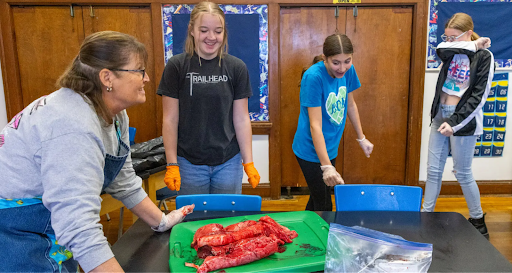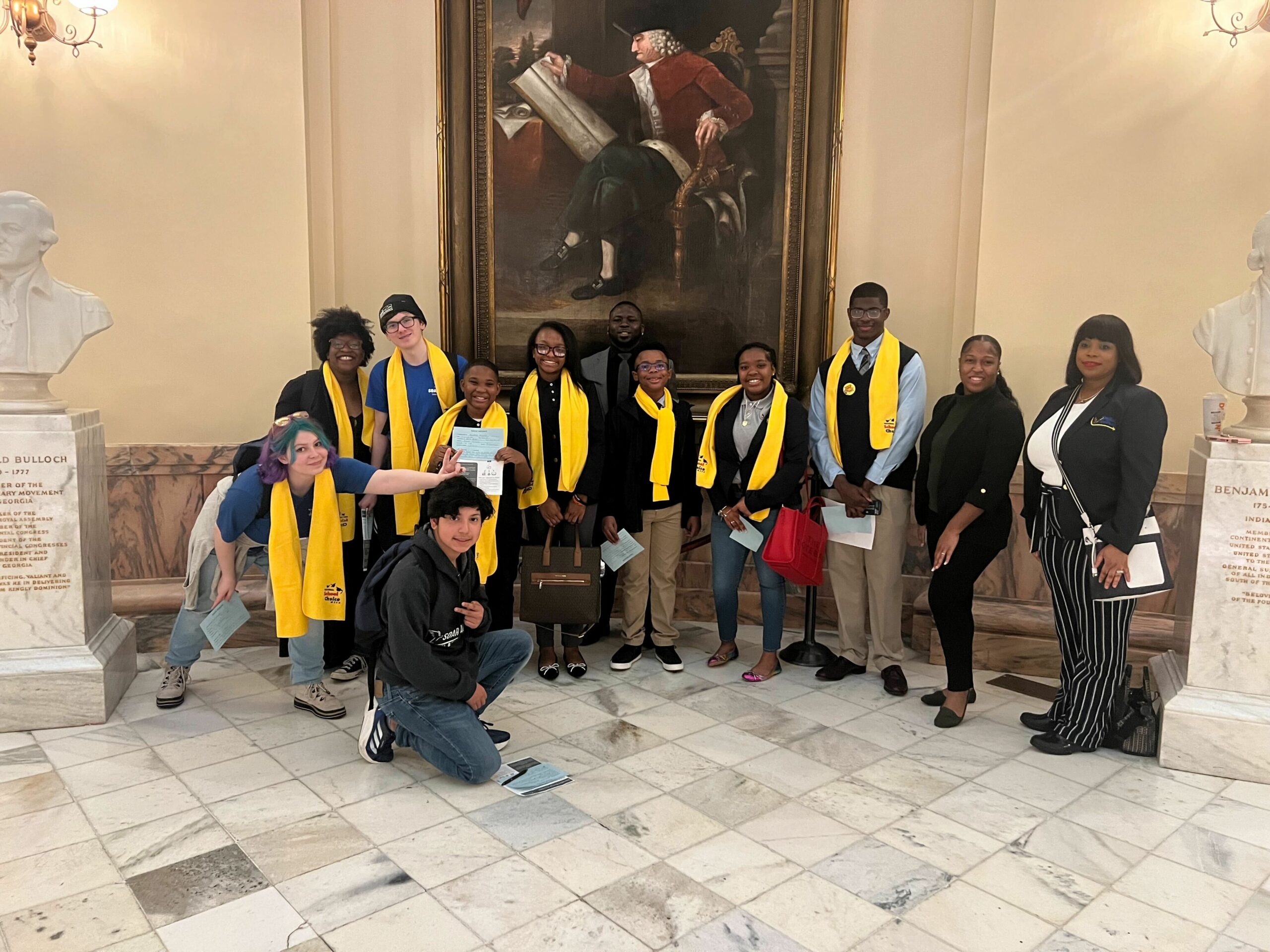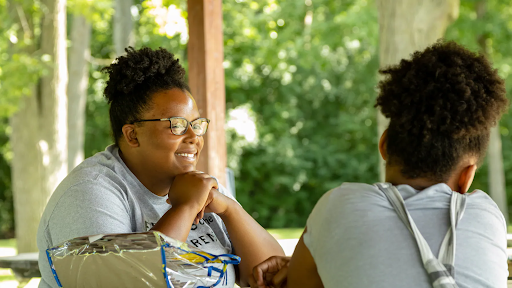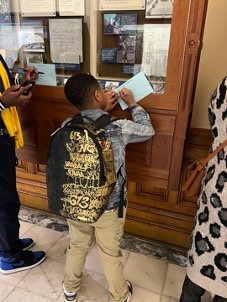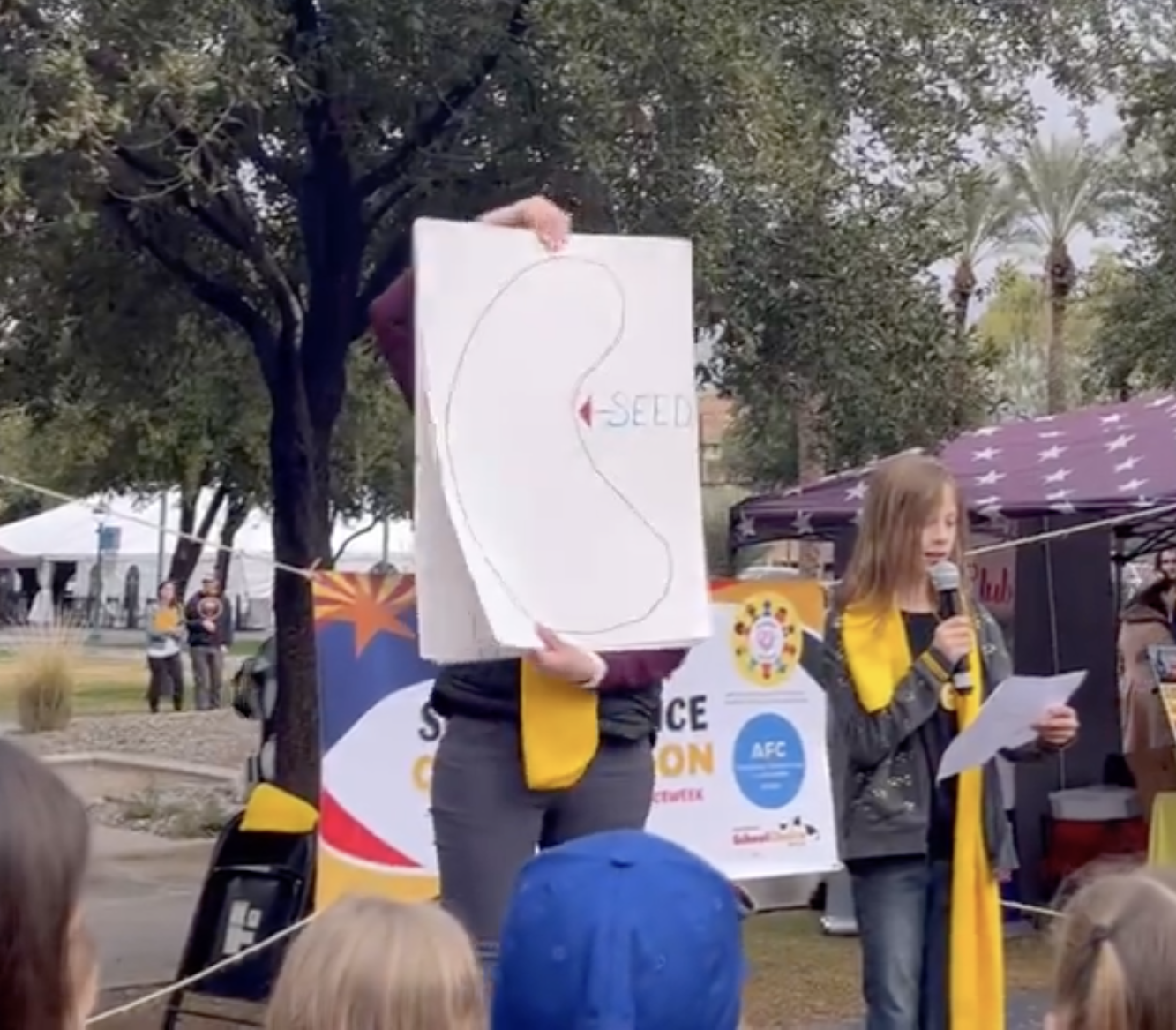Jump to: Top Tasks | From the Field | Key Resources | Moments of Resilience
It’s week 126 of our new reality.
For many students around the country, this is their final days or weeks of summer break before the new school year begins, the fourth school year since Covid-19 cases first appeared in winter 2020. Each school year since those initial school closures has been defined by disruptions. What will it take to make this one different?
Last time in the New Reality Roundup, we examined the political shifts underway around education and the need to push for a full recovery from school closures. This week we look at what we all can learn from the educational innovations in Arizona and look ahead to the 2022-23 school year with a focus on heading off potential disruptions to learning before they start.
SUBSCRIBE
TOP TASKS
Make 2022-23 an uninterrupted school year
It may seem like a foregone conclusion that schools have put the disruptions to learning behind them as we enter our fourth school year since the pandemic first emerged on our shores, but too much is at risk to take that chance. What’s needed, argues Joseph Allen, a Harvard professor and public health scientist, in a powerful op-ed in The New York Times is a firm commitment to break the cycle of interrupted instruction that has left so many students behind.
“The crisis kids face at this point in the pandemic is not the virus, but the cost of so many years of disrupted school,” Allen writes. “The overriding goal for the next school year should be to maximize time in the classroom and make school look and feel much like it did before the pandemic started.”
What will it take to make that commitment real in communities across the country? Allen suggests three key areas where mindsets and policies need to change:
-
- “First, schools should be open. They should never have closed and should never close again.”
- “Quarantining should end. We shouldn’t have kids miss school because they are close contacts of someone who had Covid. This practice is disruptive, has forced entire classrooms to miss two weeks of school unnecessarily.”
- “Most school districts dropped their mask mandates by the end of the 2021-22 school year. This is a good policy choice that should continue into the fall because the value of mandates drops over time, as people become less likely to comply.”
Taken together, these three policies will ensure that students are able to be in the classroom as much as possible and effectively shifts the handling of a Covid infection to be in line with that of other common illnesses. This approach is grounded in the reality of the risk to children today from Covid-19: “The current hospitalization rate for school-age kids in the United States is 0.4 per 100,000. Of all age groups, they have the lowest risk of hospitalization. The highest rate of hospitalization for children was during the January 2022 Omicron surge and topped out at just over one per 100,000.”
There’s some indication that the CDC may be heading Allen and others’ advice, with new guidance expected to be released this week. Plans that were obtained by CNN suggest that the CDC may remove many of the most onerous guidance for schools, including abolishing “test-to-stay” policies, shifting quarantine guidelines for the unvaccinated and removing suggestions that students should keep 6-feet of social distancing.
The new guidance, like previous reports from the CDC, will not be legally binding, meaning that it will still be up to advocates, families and educators to ensure their districts are adopting the new guidelines in the weeks to come–but it’s an important step forward in limiting further learning loss and mental health crises that have negatively impacted far too many children.
THE TASK OF THE WEEK IS
Learn from Arizona’s innovations
Perhaps no state in the country has had as successful a summer as Arizona when it comes to ushering in the future of the American education system.
Last month, Governor Doug Ducey signed HB2853 into law, expanding the number of students who have access to an ESA totalling $6,500/year from 11,000 children to over one million. As noted by the Goldwater Institute, this will be of particular benefit to low-income learners: “Arizona’s ESA program has been particularly beneficial to those most in need of additional educational options…the highest concentrations of ESA usage actually occur in the most severely economically disadvantaged communities in Arizona—meaning that the program is providing new opportunity to students who will benefit the most from it.”
At the same time, there is a lot of progress underway to eliminate another barrier to equitable educational access: transportation. Championed in a policy brief and continued advocacy by A for Arizona, the state has already invested $20 million in seed funding for innovative new approaches beyond the big yellow school bus, including vans and rideshare programs.
Finally, the Grand Canyon State is also leading the way forward in expanding opportunities in the summer. AZ OnTrack Summer Camp, led by 50CAN board member Lisa Graham Keegan and funded by the state to the tune of $100 million, has been a success with over 100,000 Arizona students participating. The camp established partnerships with over 250 community and civic organizations to deliver a summer experience that combines fun, field trips and academic recovery–the type of summer experience parents want for their kids but that far too few children, especially from low-income families, have access.
THE TASK OF THE WEEK IS
FROM THE FIELD
NewMexicoKidsCAN’s Amanda Aragon was interviewed by KRQE on the release of their new Back to School toolkit to help parents start out the year strong. “Every school year is really important, but because of everything that students and families have been through over the last two years, this year is very important. The toolkit is all the information you need to make sure your student gets off on the right foot.”
David Miyashiro, executive director of HawaiiKidsCAN, joined the “What School Could Be?” podcast to talk about his experience teaching and the work he’s done on giving every student a pathway to a meaningful career. The key to furthering these pathways in David’s mind: “Where can we find the assets that already exist in Hawaii and how can we infuse it in our schools and other institutions?”
State Outreach Director Steven Quinn announced the new members of GeorgiaCAN’s parent fellowship, now in its fourth year. Among the participants are several parents of children with special needs who are fighting for increased services and access to a great education.
Key Resources
ExcelinEd’s Patricia Levesque writes for Education Next on the need to pair innovative approaches and expanded options with fixes to the current system.
Fordham Institute explores a new study examining the relationship between the growth of charter schools and neighborhood diversity, finding that a 10% increase in a neighborhood’s charter seats increases the racial diversity score by 2.9%.
The American Enterprise Institute’s new report on enrollment shifts in the wake of the pandemic states that the Covid-19 pandemic created the largest one-year enrollment declines for public schools in American history.
RAND hosted a webinar with administrators from Louisiana and California to examine best practices for the public schooling of undocumented students.
EdWeek looks at the popularity of various academic recovery programs, finding that in-school remedial instruction is the most popular–with 72% of schools using the strategy–but high dosage tutoring now at 54% and gaining ground.
The young STEM inventors who are recipients of The 74 Million’s “16 Under 16 in STEM” award are an impressive group, including a student who invented a smart bracelet that detects repetitive movements associated with anxiety.
Moment of Resilience
Dominique, an Arizona mom who has four children in the state’s AZ OnTrack Summer Camp, couldn’t be more thrilled by the opportunity it’s provided. “It’s been an amazing opportunity,” she shares. “Having four kids, you can imagine how expensive childcare would be, having my kids in a safe and fun environment with amazing calendars … it’s been an amazing program. They had an option to stay home with grandma but they wanted to come to camp. It’s like that every day.”



